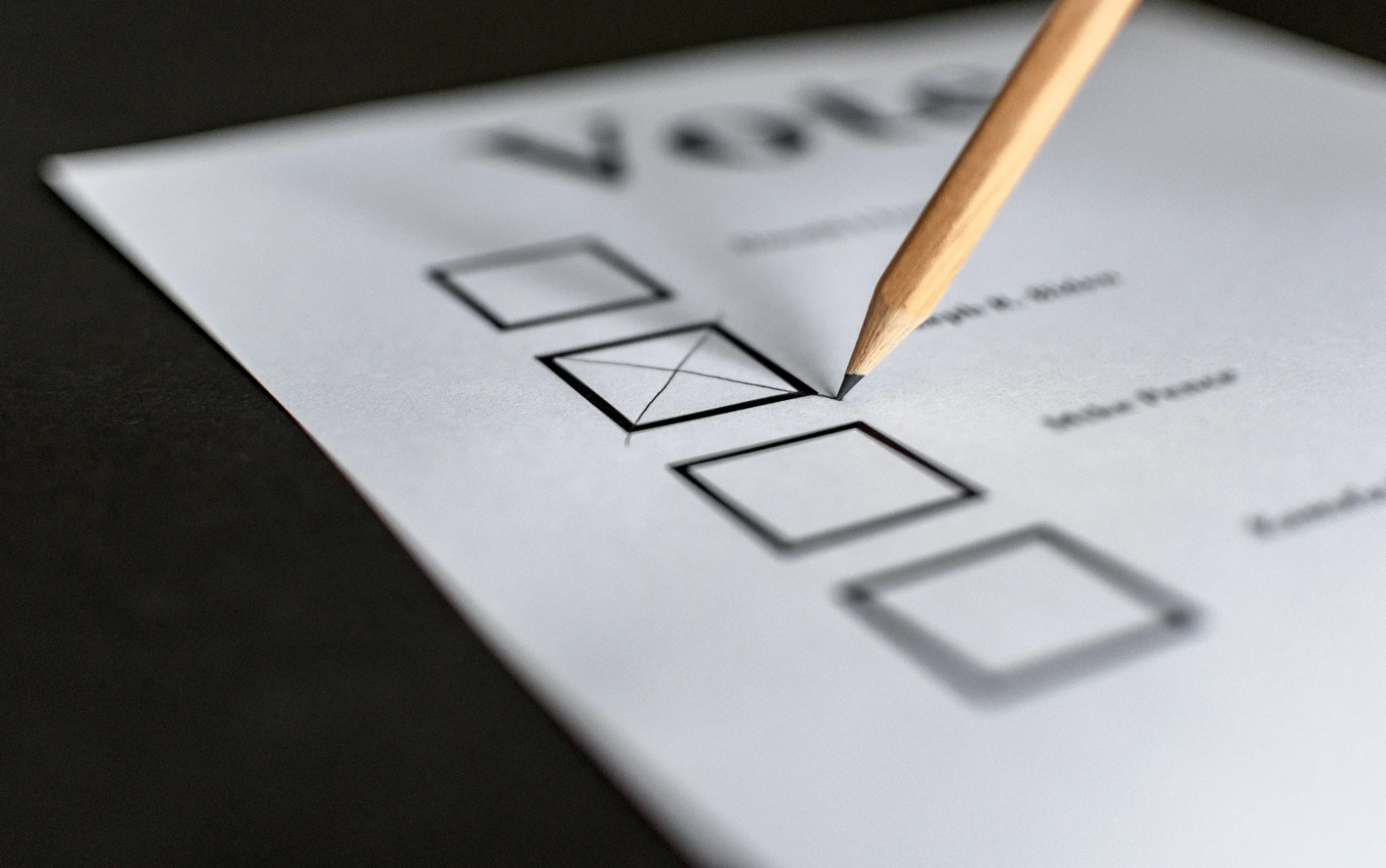Influencer marketing has transformed significantly over the past decade. What started as a strategy dominated by mega-stars with millions of followers has now shifted towards smaller, more niche-focused creators. Brands are increasingly realizing that engagement, authenticity, and targeted reach often matter more than sheer audience size. This has led to the rise of nano-influencers and micro-influencers—content creators with smaller but highly engaged communities.
But why are brands moving away from big-name influencers? And how do smaller creators deliver better return on investment (ROI)? Let’s explore the evolution of influencer marketing and why brands are embracing smaller, more authentic voices.
The Traditional Era: Mega and Macro Influencers
Mega-Influencers (1M+ followers)
In the early days of influencer marketing, brands focused on partnering with celebrities and mega-influencers—think Hollywood stars, athletes, and social media sensations with millions of followers. These influencers offered massive reach and instant credibility, making them attractive for large-scale brand campaigns.
However, there were challenges:
- High Costs: A single post from a mega-influencer could cost hundreds of thousands of dollars.
- Low Engagement Rates: While their audience was large, engagement rates were often low (typically below 2%).
- Lack of Authenticity: Followers often viewed sponsored posts as purely promotional rather than genuine recommendations.
Macro-Influencers (100K – 1M followers)
As influencer marketing matured, macro-influencers—social media personalities, bloggers, and YouTubers with significant followings—became more popular. They were more relatable than celebrities but still commanded high reach and influence.
Despite better engagement than mega-influencers, macro-influencers still had high costs and weren’t always the best fit for niche audiences.
The Shift Toward Micro and Nano-Influencers
Micro-Influencers (10K – 100K followers)
Micro-influencers became a game-changer because they offered a balance between reach and engagement. They had a dedicated following in specific niches, such as fitness, travel, beauty, or personal finance.
Why brands embraced micro-influencers:
- Higher Engagement: Average engagement rates (likes, shares, comments) for micro-influencers often range between 3–6%, significantly higher than mega-influencers.
- Trust & Authenticity: Audiences see micro-influencers as everyday people, making their endorsements feel more genuine.
- Cost-Effective: Collaborations with micro-influencers are far more affordable than working with mega-celebrities.
Nano-Influencers (1K – 10K followers) – The Future of Influencer Marketing
Now, brands are going even smaller—to nano-influencers, who have highly engaged, tight-knit communities. These influencers are everyday consumers who share their experiences with family, friends, and a small but loyal audience.
Why nano-influencers offer the best ROI:
- Ultra-High Engagement: Nano-influencers can have engagement rates as high as 10% or more. Their smaller audience size allows for deeper relationships and direct interactions.
- Hyper-Targeted Reach: They focus on very specific niches—think “vegan skincare for sensitive skin” rather than just “beauty.” This makes their audience highly relevant for niche brands.
- Lower Costs & Higher Authenticity: Most nano-influencers are not full-time content creators, so they post because they genuinely love a product—not just for a paycheck.
- Word-of-Mouth Effect: Their influence extends beyond social media because they also impact purchasing decisions in real-life conversations.
The Data Behind the Shift
Research shows that smaller influencers drive higher trust and engagement.
Engagement Rates by Influencer Type:
- Mega-Influencers (1M+ followers) → 1–2% engagement
- Macro-Influencers (100K – 1M followers) → 2–3% engagement
- Micro-Influencers (10K – 100K followers) → 3–6% engagement
- Nano-Influencers (1K – 10K followers) → 8–10%+ engagement
ROI Comparison:
According to a study by Influencer Marketing Hub, brands working with nano- and micro-influencers see a 30% higher ROI compared to mega-influencer campaigns.
How Brands Can Leverage Nano and Micro-Influencers
If you’re a brand looking to maximize your influencer marketing efforts, here’s how to strategically partner with smaller influencers.
1. Find the Right Influencers in Your Niche
Instead of choosing influencers based on follower count, focus on their audience relevance. Tools like Upfluence, AspireIQ, or Heepsy can help brands identify micro- and nano-influencers who align with their brand values.
2. Prioritize Authenticity Over Production Quality
Nano-influencers may not have polished, high-budget content, but their authenticity resonates more. Encourage them to create honest, real-world reviews instead of overly scripted promotions.
3. Run Ambassador Programs
Instead of one-time collaborations, brands can create long-term ambassador programs where influencers become ongoing advocates. This builds trust and strengthens the connection with their audience.
4. Leverage User-Generated Content (UGC)
Encourage nano-influencers to share their own experiences using your product. Brands can then repurpose this content for ads, websites, and social media, amplifying its reach.
5. Focus on Community-Driven Marketing
Nano-influencers often have local or tight-knit digital communities. Brands can partner with them for grassroots campaigns, referral programs, or exclusive product launches within their micro-communities.
Case Studies: Brands Winning with Nano-Influencers
Glossier: This beauty brand built a cult following by focusing on micro- and nano-influencers instead of celebrity endorsements. They leveraged user-generated content and real customer testimonials to build brand credibility.
Daniel Wellington: The watch brand went viral by partnering with thousands of micro- and nano-influencers instead of big-name celebrities. Their strategy led to massive organic growth.
Gymshark: The fitness apparel brand created a loyal ambassador program of fitness micro-influencers, which helped them establish global brand recognition without expensive celebrity partnerships.
The evolution of influencer marketing from mega-stars to nano-influencers is a testament to the power of authenticity and engagement. While celebrities and macro-influencers still have a place in large-scale brand awareness campaigns, the real magic happens with micro- and nano-influencers. Their genuine connections, high engagement rates, and cost-effective partnerships make them the future of influencer marketing.
Brands looking to maximize their ROI should prioritize smaller, niche influencers over big names. By focusing on real relationships and trust-driven marketing, businesses can build stronger brand loyalty and more meaningful customer interactions in the long run.
Are you ready to leverage nano-influencers for your brand? Start small, focus on engagement, and watch your influencer marketing ROI soar.




